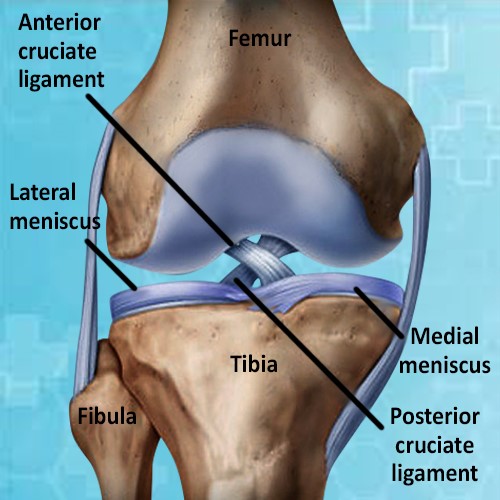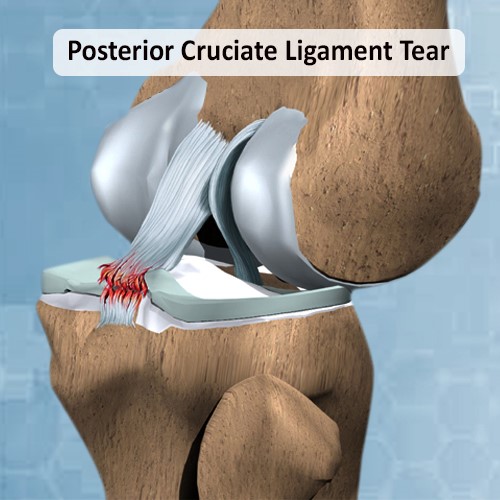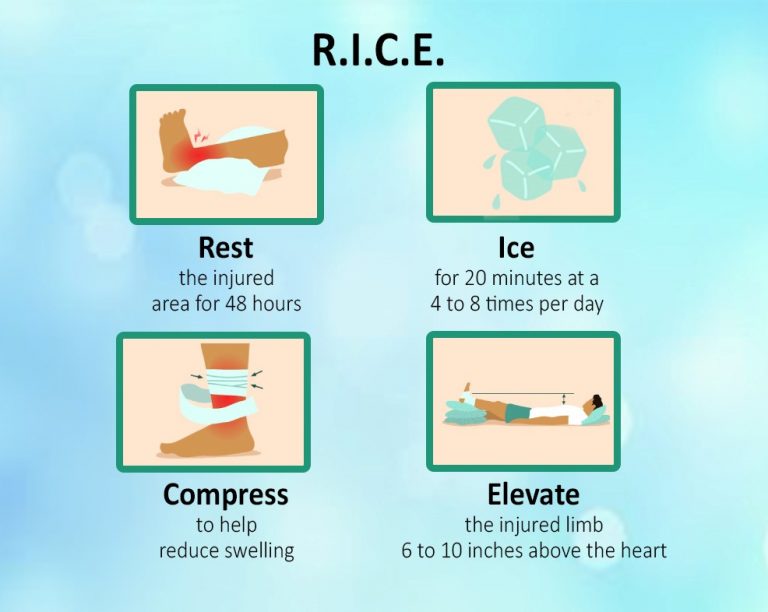Did you injure your knee while playing basketball, cricket, football or tennis? Were you involved in a motor vehicle accident or car crash that caused an injury to your knee, especially with the shin bone moving backward, impacting your rear knee?
You might have a PCL injury. Our experienced sports injury specialist and orthopedist in Gurgaon Dr. Ratnav Ratan is here to help you recover from your injury and get back to your favorite activity.
Some of the noticeable symptoms of PCL injury are:
Read below to know about posterior cruciate ligament (PCL) injury in the knee.
PCL stands for posterior cruciate ligament, which is one of the two ligaments in your knee that forms an X. The ligament in front is the anterior cruciate ligament (ACL), and the ligament in the back is known as the posterior cruciate ligament (PCL). These two ligaments work together to help your knees move and rotate smoothly.
PCL stabilizes the knee joint in ‘back to back’ or in ‘front to back’ forces.
For example, in activities like walking, when you are raising and keeping your leg in front, the posterior cruciate ligament ensures that the leg does not go too far and lands in the correct place, putting proper weight on the leg.

A PCL tear is more likely to occur due to direct blunt-force trauma to the front of the knee. It leads to the ligament getting loose and might also affect the other ligaments and the attached bone in the knee.
A PCL injury can occur when you get tackled while playing sports, or in a motor vehicle accident where your knee hits the front of the dashboard, driving the shin bone backward and tearing your PCL.
PCL injuries are less common than ACL injuries and hence are left often unrecognized and undiagnosed.

The orthopedic surgeon will require to examine your knee using these methods-
After a thorough examination and screening of the test reports, our orthopedic doctor will explain in detail about the intensity of the PCL tear and the appropriate treatment.
Acute PCL tear: A PCL tear that persists for less than 3 to 4 weeks is an acute PCL tear.
Chronic PCL tear: A PCL tear that persists beyond 6 to 8 weeks is a chronic PCL tear.
The orthopedic doctor will suggest the treatment protocol for the PCL injury which could include any of the following options –
For acute PCL tear, treatment usually comprises painkillers or non-steroidal and anti-inflammatory drugs.
RICE regime is highly followed for a few days which stands for:
R- Rest
I – Ice
C – compression
E – elevation

This regime is followed by wearing a knee brace or crutches to provide external support to the knee joint while walking or doing weight-bearing activities.
Once these symptoms are settled, physical therapy is used to improve knee motion and strength.
For chronic PCL tear, where the other ligaments of the knee are also injured, the patient might need arthroscopic PCL reconstruction surgery. It is a less-invasive surgical procedure. In an arthroscopic PCL reconstruction surgery, a torn PCL ligament is rebuilt by replacing it with a new tendon graft.
The ligament can be replaced with:
The surgeon makes a keyhole to get into the knee and visualize every corner of the knee. A hole is made at the backside of the knee as well. A tendon graft is implanted to create a new PCL.

The surgery is followed by rehabilitation or physical therapy for better recovery.
PCL reconstruction surgery can lead to improved knee stability and lower the intensity of problems.
Be it acute or chronic PCL tear, the recovery process from a PCL injury is slow.
Your commitment towards the treatment and physical therapy is extremely essential to ensure that you resume activities you preferred to do before your knee injury.
If you are experiencing pain or discomfort in your knee, you can visit our clinic for proper diagnosis and treatment.